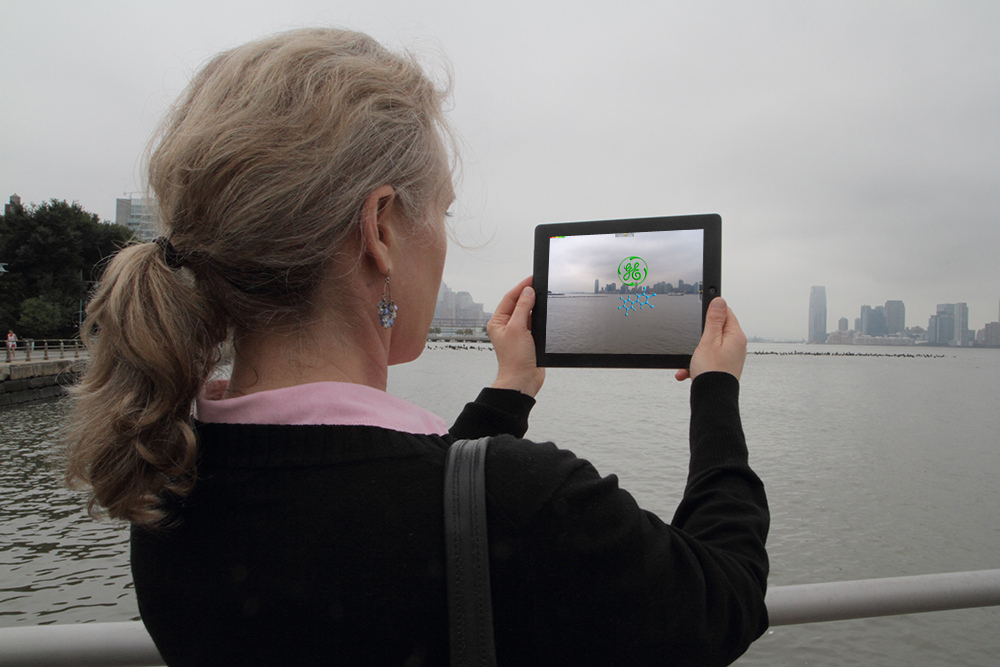I recently completed a documentation video of my interactive installation Louisiana Re-storied. Here it is:
LOUISIANA RE-STORIED is an interactive, documentary installation concerning environmental justice and pollution governance in Southern Louisiana. The work examines a particular geography, the stretch of Mississippi River between Baton Rouge and New Orleans, where small, predominantly working class, African American communities are sandwiched uncomfortably between large petrochemical plants and oil refineries. In recent years, community groups, in collaboration with scientist activists, have won seminal legal victories and out-of-court settlements, initiatives to protect their health from toxic emissions. The piece places these current narratives in dialogue with Robert Flaherty’s 1948 Louisiana Story regarding the relationship between the petroleum industry and human and ecosystem wellbeing and considers how a documentary project can contribute to citizen activism demanding stronger pollution regulation. As a hypertext, the participants navigate through 24 narrative threads. The deeper participants venture into the work, the more nuanced their understanding of the region’s controversies. The installation includes a large projection and a touch screen, with an interface made up of images of common products produced by petrochemical feedstocks, referencing the visitor’s potential daily consumption. User interaction is governed by a MAX patch.

